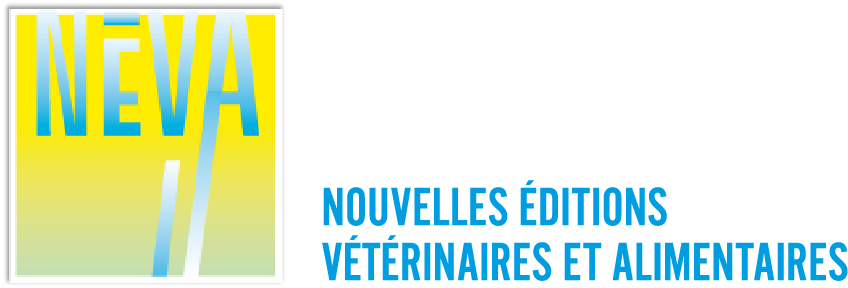I1 LES OBJECTIFS POUR LA QUALITÉ DU LAIT EN TRAITE ROBOTISÉE
I1 COMMENT ABORDER LES PROBLÈMES DANS LES ÉLEVAGES
OÙ LES NORMES DE QUALITÉ NE SONT PAS ATTEINTES ?
I2 Les infections liées à la période sèche : la conduite des vaches taries
I2 Les infections liées à la lactation : la propreté des animaux
Tableau – Complémentation d’aliment au robot
Figure 1 – Comparaison de mesures de la traite en direct
avec l’outil VADIA : traite robotisée versus en salle
I1 COMMENT RÉGLER LE ROBOT
Figure 2 – Le nombre de traites par heure dans la journée
I2 La fréquentation du robot
I2 L’accès au robot
Figure 3 – Le principe d’une ration à l’auge pour un cheptel en traite robotisée
I3 Temps libre (p. cent temps libre)
I3 Comment établir une bonne ration
I2 Santé et mobilité
I2 L’implantation des robots dans le bâtiment et la conception du bâtiment
I1 CONCLUSION
4 photos illustrent cet article

